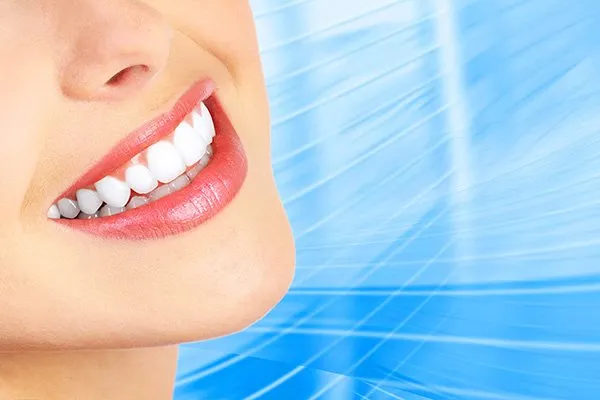The Importance of Teeth Cleaning Before Whitening
Embarking on a teeth whitening journey is an exciting step towards a brighter, more confident smile. However, before you dive into the world of whitening strips or professional treatments, there’s a crucial preparatory step often overlooked: teeth cleaning. A professional cleaning isn’t just about cosmetic enhancements; it’s a cornerstone of effective and safe teeth whitening. Understanding why a cleaning is so vital will help you achieve the best possible results and protect your oral health. This guide explains the why and how of getting your teeth cleaned before whitening.
Why a Cleaning is Necessary for Whitening Effectiveness
Teeth whitening treatments work best on clean tooth surfaces. A professional cleaning removes the barriers that can hinder the whitening process, ensuring that the bleaching agents can effectively penetrate the enamel. Without a clean slate, the whitening product may struggle to reach the tooth’s surface evenly, leading to less dramatic results and potentially wasting product.
Removing Surface Stains and Plaque
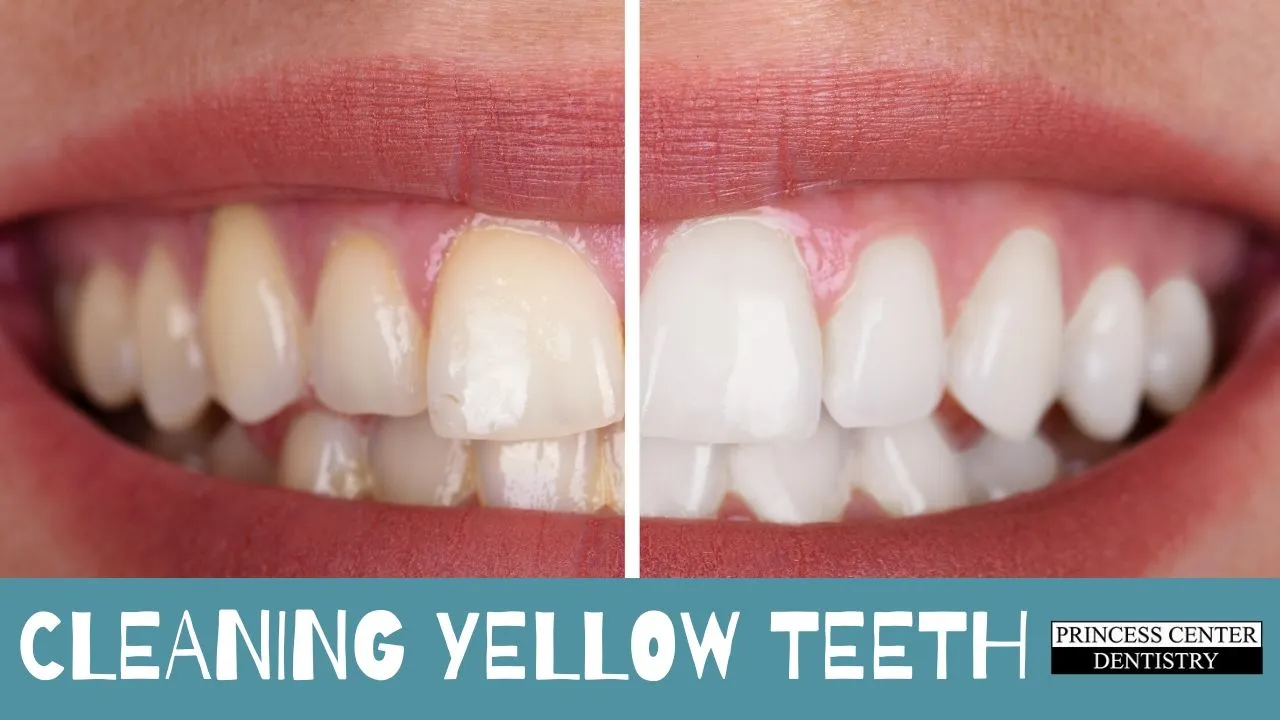
Over time, teeth accumulate surface stains from food, drinks (like coffee, tea, and red wine), and tobacco. Plaque, a sticky film of bacteria, also builds up. These elements create a barrier, preventing the whitening agent from properly reaching the enamel. A dental cleaning removes these stains and plaque, creating a clean surface, allowing the whitening product to work efficiently. This also helps ensure a more uniform whitening effect, as the product can access all areas of the tooth surface without obstruction.
Optimizing Whitening Product Penetration
When your teeth are free of plaque and surface stains, the whitening agent in the chosen product can penetrate the enamel more effectively. This leads to more significant whitening results. The cleaning prepares the tooth surface, making it more receptive to the bleaching action. This preparation is particularly important for professional treatments, which use stronger bleaching agents.
Addressing Potential Dental Issues
Beyond optimizing the whitening process, a dental cleaning before treatment allows your dentist to identify and address any underlying dental issues. Such problems could impact the safety and effectiveness of the whitening procedure. Early detection can prevent complications and ensure that your whitening experience is both successful and safe.
Identifying and Treating Cavities
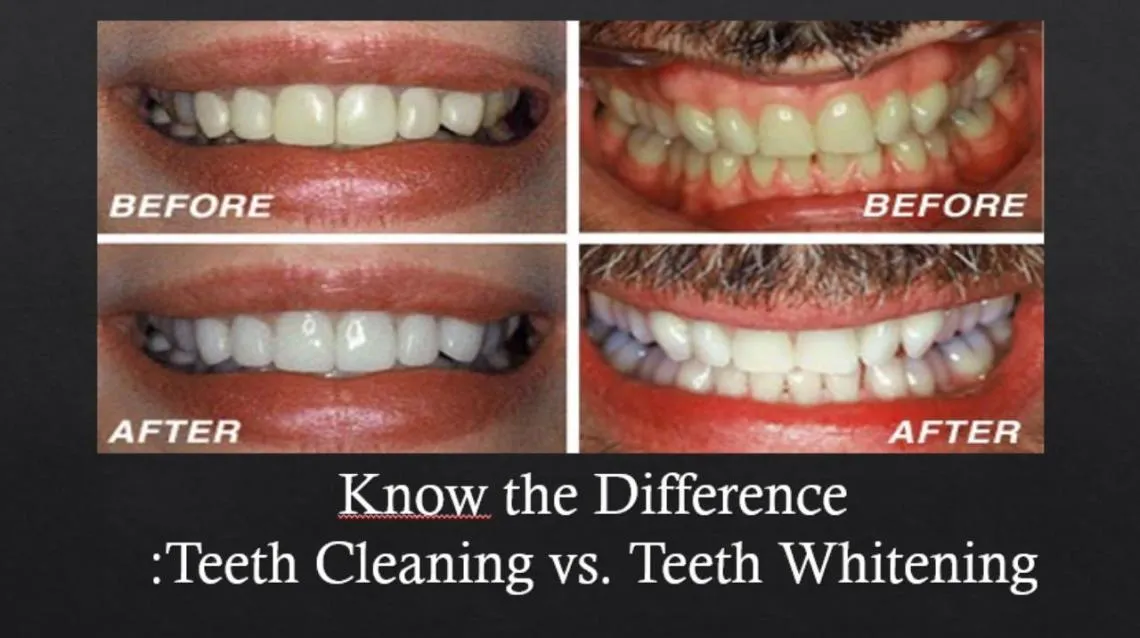
Cavities can cause sensitivity, and applying whitening products to teeth with untreated cavities can exacerbate this sensitivity. Your dentist will identify any cavities during a cleaning and recommend treatment. Addressing cavities beforehand ensures that the whitening process doesn’t cause unnecessary pain or complications.
Managing Gum Disease
Gum disease can cause inflammation and sensitivity in the gums. Whitening products can irritate already inflamed tissues, causing discomfort. A dental cleaning removes plaque and tartar, which are major contributors to gum disease, helping to improve gum health before the whitening treatment. Your dentist can also assess the severity of any gum disease and recommend appropriate treatments to ensure a safe and comfortable whitening experience.
The Cleaning Process Explained
Understanding what happens during a professional teeth cleaning will ease your mind. The process is usually straightforward, but highly effective in preparing your teeth for whitening. Here’s a general overview of what you can expect during your cleaning appointment.
Professional Cleaning Steps
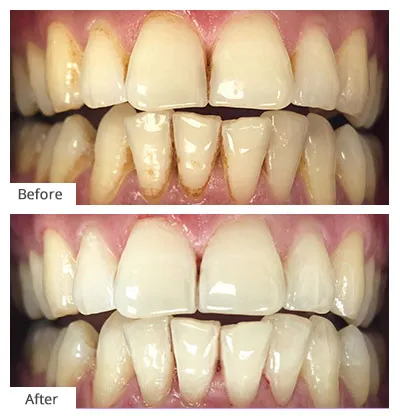
A professional teeth cleaning typically includes several key steps designed to remove plaque, tartar, and surface stains, as well as assess your overall oral health. Your dentist or hygienist will use specialized tools and techniques to ensure a thorough cleaning.
Scaling and Polishing
Scaling involves using specialized tools to remove plaque and tartar (calculus) from your teeth and gums. Tartar is hardened plaque that can only be removed by a dental professional. Polishing follows the scaling process, using a gritty paste and a rotary brush to smooth the tooth surfaces. This removes any remaining stains and leaves your teeth feeling clean and smooth. It also helps to prevent the build-up of plaque and tartar in the future, which is one of the most critical steps.
Fluoride Treatment
Fluoride treatment is often applied after the cleaning and polishing. Fluoride strengthens the enamel, making your teeth more resistant to cavities and sensitivity. This step is especially beneficial before whitening, as it can help protect your teeth from any sensitivity that might be caused by the whitening process. The dentist might apply a fluoride varnish or gel, which you can have applied to your teeth.
How Long Before Whitening Should You Get Cleaned?

Timing is crucial when planning your cleaning and whitening procedures. Allowing the right amount of time between the cleaning and the whitening treatment is essential for optimal results. This helps minimize sensitivity and gives your teeth the best chance to benefit from the whitening process.
Optimal Timing for Cleaning and Whitening
The ideal scenario is to schedule your teeth cleaning a week or two before your whitening treatment. This allows your teeth and gums to recover fully from any potential sensitivity caused by the cleaning. It ensures that your teeth are in prime condition to receive the whitening agents and maximizes the overall effectiveness of the treatment. This waiting period also gives your dentist time to address any potential dental issues.
Waiting Period Recommendations
If you can’t wait a week or two, consult with your dentist to determine the best approach. The dentist might recommend a shorter waiting period or use products designed to reduce sensitivity. After cleaning, your teeth might be slightly more sensitive than usual. Waiting allows the natural minerals to re-establish and to minimize discomfort during whitening. The waiting period is an important factor for the best results.
Post-Cleaning Sensitivity Management
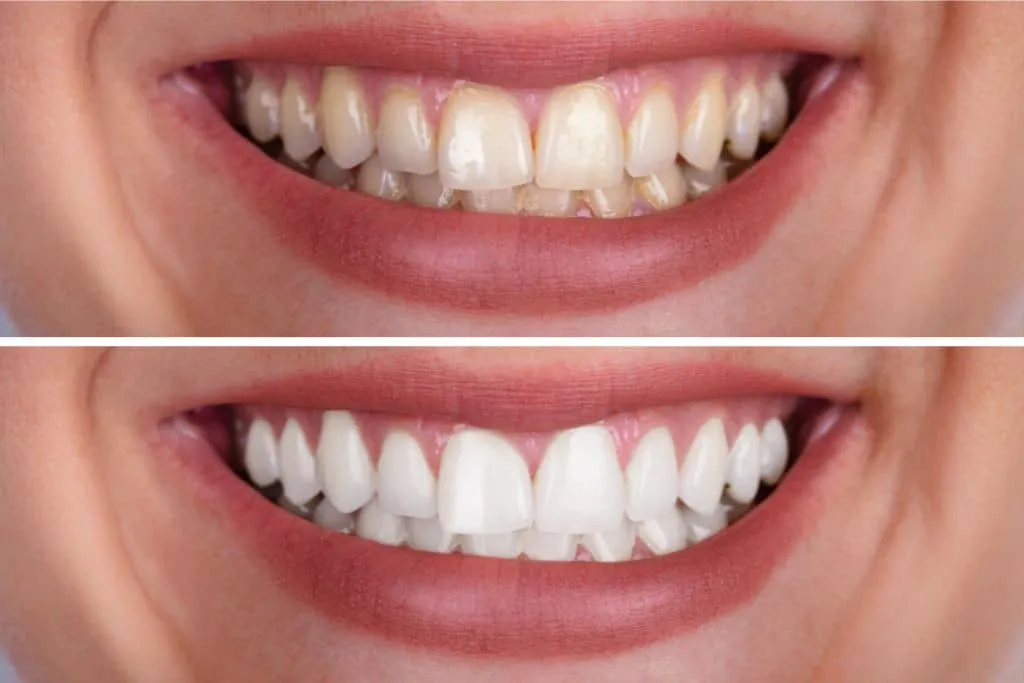
Some people experience tooth sensitivity after a professional cleaning. This is a temporary condition that usually resolves on its own within a few days. However, taking steps to manage sensitivity can ensure a comfortable and enjoyable whitening experience.
Managing Tooth Sensitivity After Cleaning
If you experience sensitivity after a cleaning, several strategies can help. Staying hydrated, avoiding extremely hot or cold foods and drinks, and using a soft-bristled toothbrush can all help reduce discomfort. Over-the-counter pain relievers, like ibuprofen, can also provide relief if needed.
Using Sensitivity Toothpaste
Sensitivity toothpastes contain ingredients that block the tubules in your teeth, reducing the transmission of pain signals to the nerves. Using sensitivity toothpaste for a week or two before your whitening treatment can help reduce sensitivity. Continue using it during and after your whitening treatment for added comfort.
Avoiding Whitening Products Immediately After
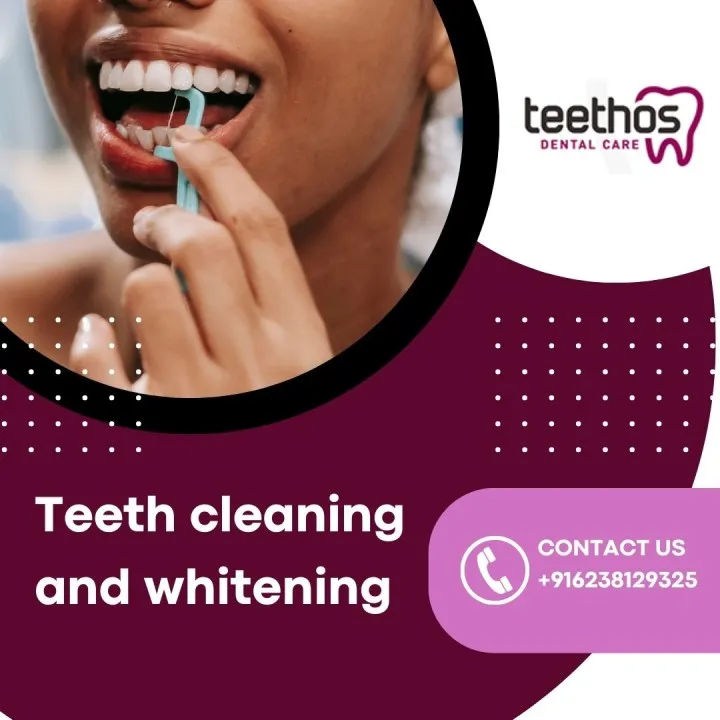
It is usually best to avoid teeth whitening treatments immediately after a dental cleaning, as the teeth may be more susceptible to sensitivity. The enamel might be temporarily more porous, which could increase sensitivity and reduce the effectiveness of the whitening treatment. Wait until the sensitivity subsides before beginning your whitening process.
Maximizing Whitening Results
To achieve the brightest and longest-lasting results, choose the appropriate whitening method and take good care of your teeth. Your dentist can guide you on choosing the whitening method that is the best fit for your needs.
Choosing the Right Whitening Method
There are various options for teeth whitening, including professional treatments and at-home kits. Professional whitening, performed in a dental office, typically uses stronger bleaching agents and can provide faster and more dramatic results. At-home kits include whitening strips, gels, and trays that you can use at your convenience. Your dentist can help determine which option is right for you based on your needs and goals.
Professional Whitening vs. At-Home Kits
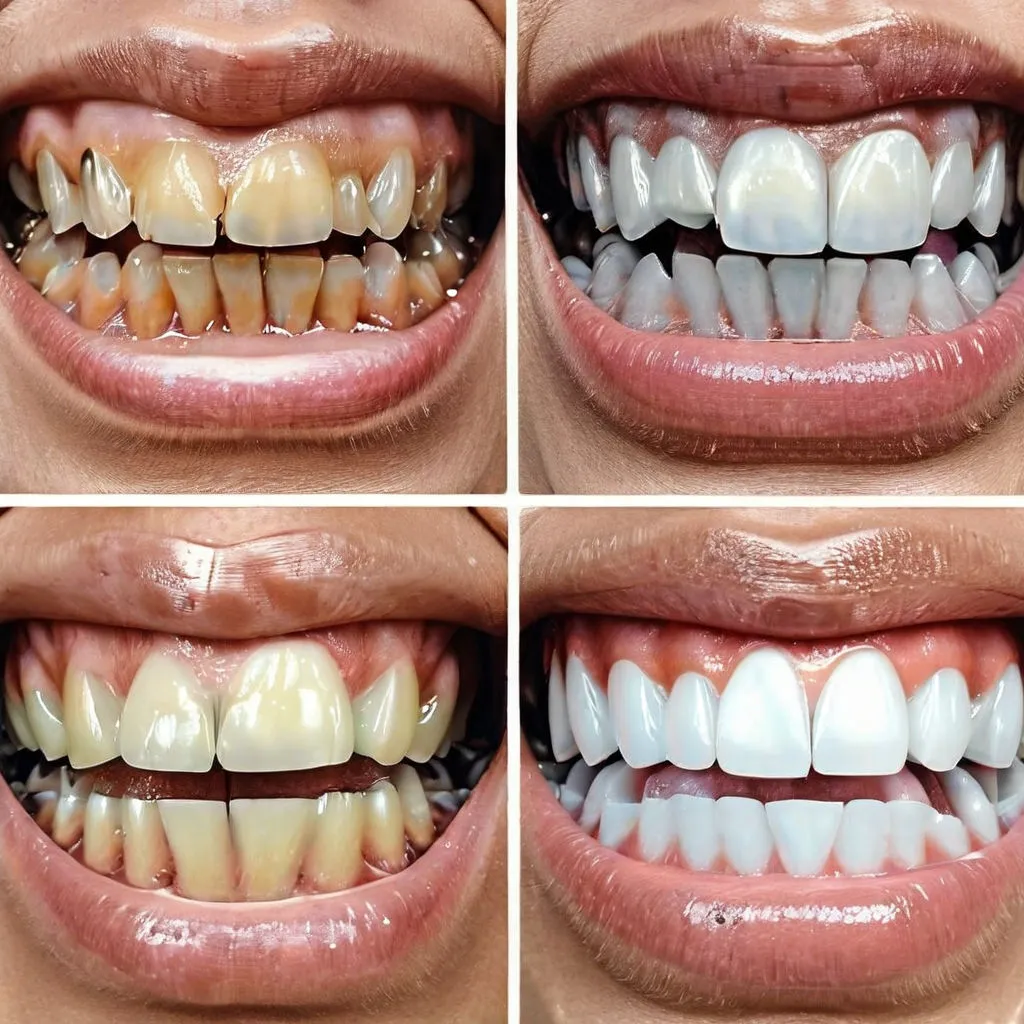
Professional whitening treatments usually involve the use of high-concentration hydrogen peroxide or carbamide peroxide gels, applied under controlled conditions. These treatments often yield faster and more significant results than at-home kits. At-home kits use lower concentrations of bleaching agents, making them a more gradual process, but they can also be a cost-effective option for maintaining your smile. The best choice depends on your budget, desired results, and dental health.
Maintaining Results and Oral Hygiene
After whitening, maintaining good oral hygiene is key to preserving your results. Brush your teeth twice a day with a fluoride toothpaste, floss daily, and visit your dentist for regular checkups and cleanings. Avoid or limit foods and drinks that can stain your teeth, such as coffee, tea, red wine, and berries. If you smoke, consider quitting, as smoking stains teeth and harms your overall oral health. Following a good oral hygiene routine helps to ensure your smile stays bright and healthy for as long as possible.
